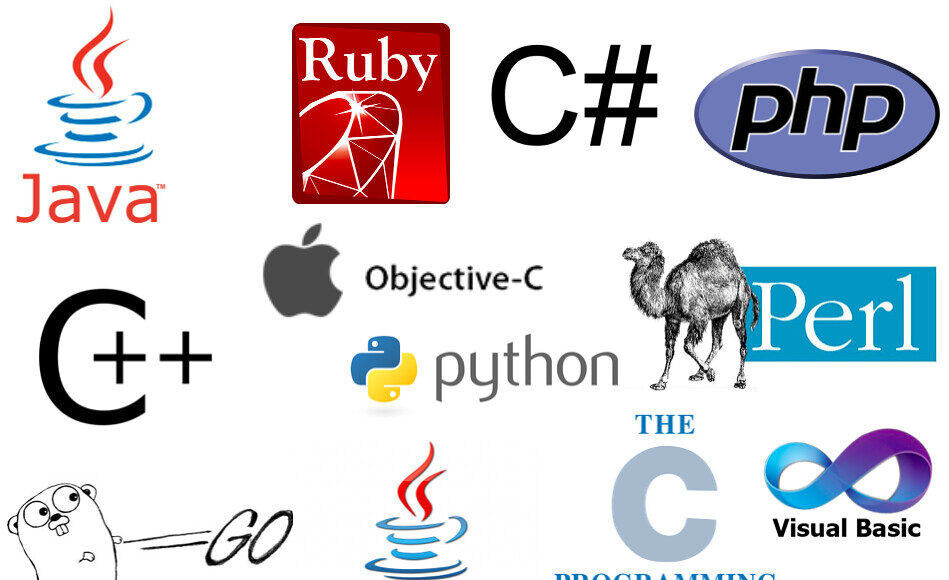Python is a widely used programming language that was first introduced in 1991. Since its inception, Python has attracted a significant number of users. Tech behemoths such as Google and Netflix, as well as Meta’s Instagram and a number of other companies, employ it. However, in 2012 Google made the programming language it had developed in 2007 available to the public under the name Go (also spelled Golang). How does the programming language Python compare to the programming language Go, given that their respective release dates are different, indicating that both languages are at various degrees of maturity?
What is Python?
Python is a high-level programming language that is portable, extendable, object-oriented, and can be used for a variety of purposes. It places a strong emphasis on code readability, a design concept that has been kept intact ever since the program was first made available. Because of this idea, learning, reading, and coding have become simpler.
Python’s Characteristics
#1. It is easy
There are a few various meanings that may be attached to the word “easy” depending on the circumstance. When compared to other common programming languages, such as Java and C++, Python is a breeze to write code with.
#2. Expressive
Python gives us access to a vast library of constructs that enable us to concentrate less on the syntax and more on the problem at hand.
#3. Object-Oriented
Python contains all of the capabilities that are associated with object-oriented programming languages, such as inheritance, method overriding, objects, and so on. As a result, it is compatible with all paradigms and has functions that correspond to those found in respective libraries. In contrast to Go, it also provides support for the implementation of multiple inheritances.
#4. Platform Independent
It is a platform agnostic programming language, meaning that its code may readily execute on any platform, including but not limited to Windows, Linux, Unix, and Macintosh. Because of this, Python is a portable programming language.
#5. Go Programming Language
Go/Golang was first created by Google in 2007 with the goal of the company utilizing it internally. During that time period, the technology business desired a programming language that might improve the efficacy and productivity of their programming, particularly in light of the growing prevalence of multicore, network, and large-scale codebases. Go was developed with the intention of addressing the deficiencies of the languages in Google’s technology stack while preserving some of the strengths of those languages. After that, the language was made available to the public in March of 2012, and it has been used by several organizations in addition to Google.
#6. Concurrent processing
Go is a programming language that facilitates the development of concurrent systems by providing excellent concurrency primitives and making it very simple to do so. Concurrency is treated as a first-class citizen in Go, which provides language-level support for this concept. A go routine is the most essential unit for this in the game of Go.
#7. Builds that use binary
Memory allocation, garbage collection, support for concurrent execution, and networking are only some of the features that the Go runtime offers. It is a part of every Go binary that is created. This is not the case with the vast majority of other languages, the majority of which rely on a virtual machine that has to be installed concurrently with the application in order to function properly.
#8. Calls in Go are made using value
When you call a function in Go and pass in a parameter that is a primitive (such as a number, boolean, or string) or a struct (which is roughly equal to a class object), Go will always create a duplicate of the value of the variable being referenced.
#9. Beneficial to your project
Golang makes it possible to create programs that are both lightweight and highly scalable. Because of this, the language is ideal for usage in projects that need a significant amount of resources and in which the servers must process a huge number of requests at once. An example of this would be an e-commerce website that has millions of users. Go is a good option to go with if you want to keep the pace of your server answers consistently high while also anticipating significant development for your online company.
Comparing Python and Go
- Comparative characteristics of Python and Go
- Both are simple in terms of reading, coding, and learning.
- They have extensive and reliable standard libraries.
- They are easily transported languages.
- Python and Go both have open source and are free to use.
- Both of these languages are object-oriented.
Conclusion
Python and Go are both developing at different rates, however Python is farther along in its development than Go. Having said that, they share several characteristics in addition to their unique ones. However, consider using the Python programming language if you want your goods to be extremely adaptable and quickly brought to market or if you want a better union of the technology you already have. If we are going to speak about product development strategy, you are going to require an experienced Python Web Development Company who is fluent in Python and has the ability to offer value to the design, development, deployment, and maintenance of your product.
Also read: Advantages of python application development
Apart from this if you are interested to know more about Advantages of python application development then visit our Technology category













